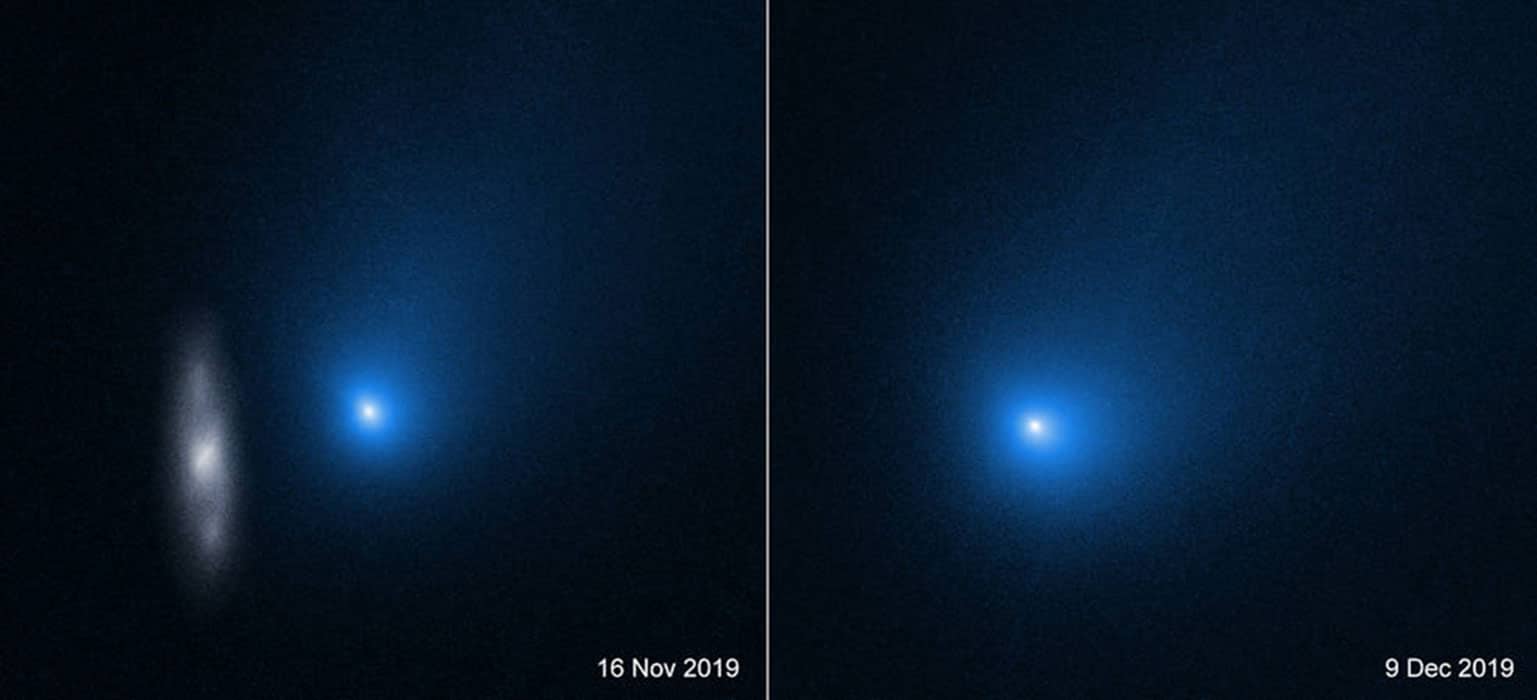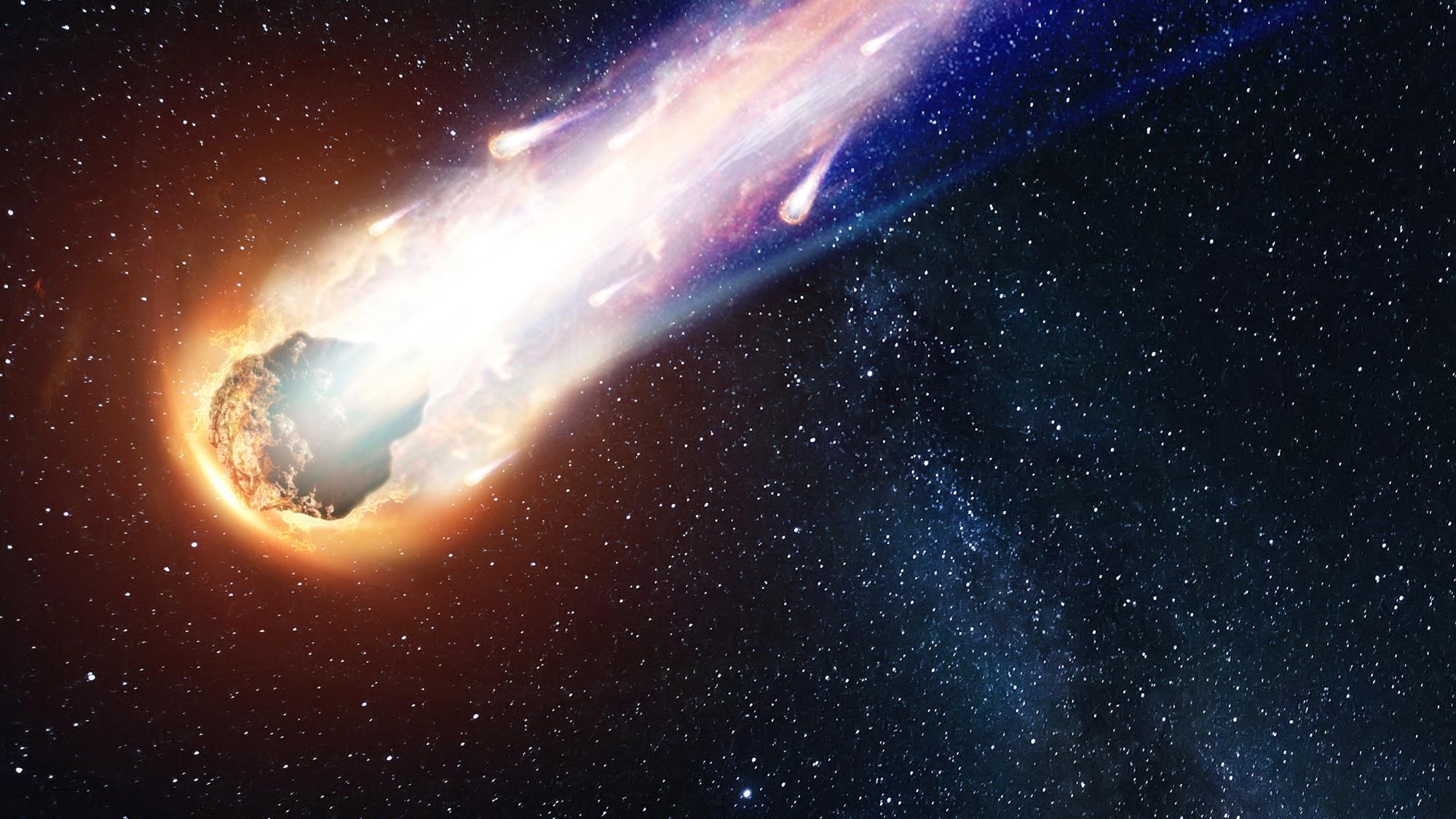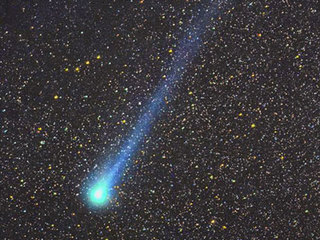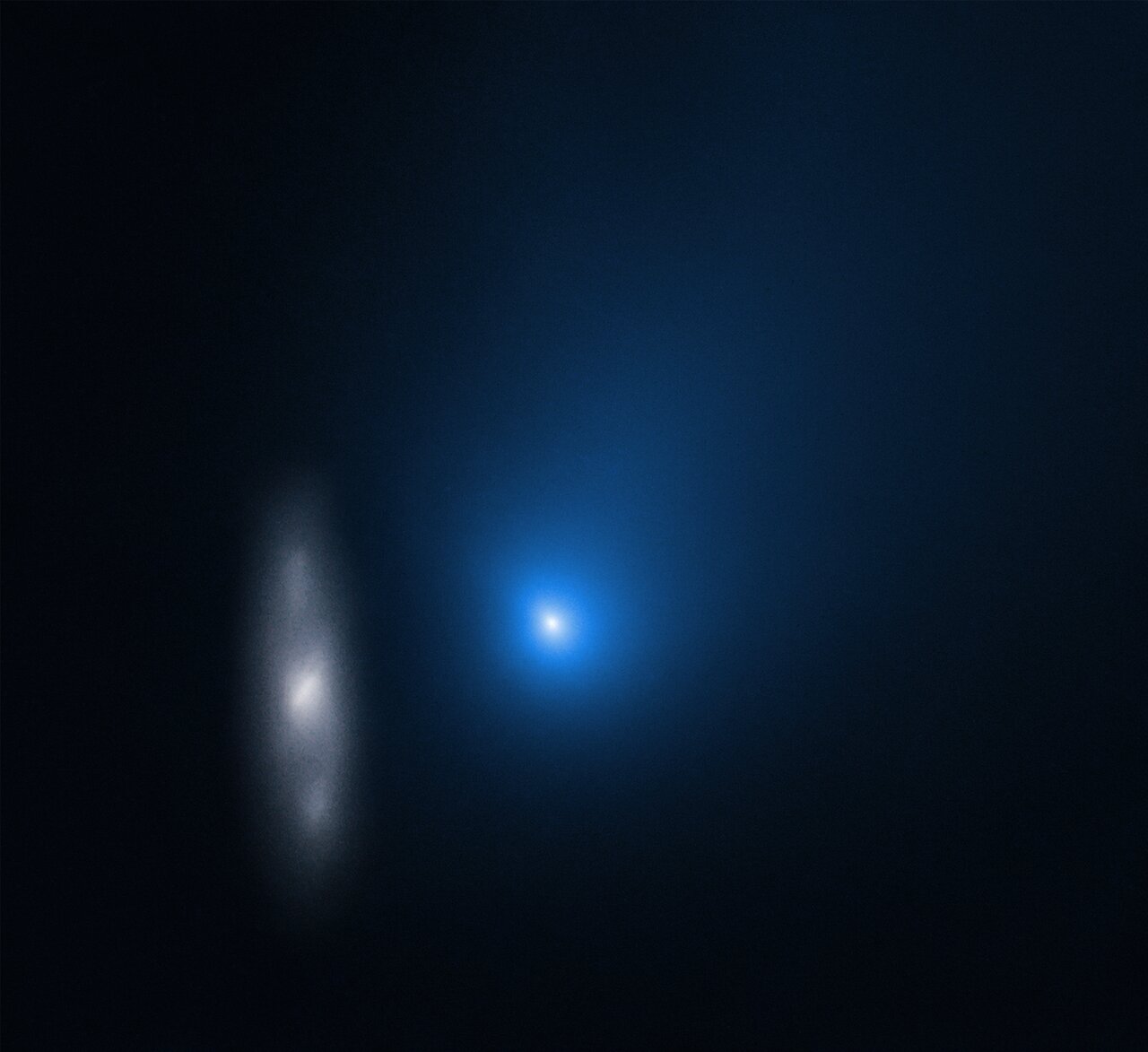Comet Space
The main body of the comet is called the nucleus and it can contain water methane nitrogen and other ices.
Comet space. Comets are often classified according to the length of their orbital periods. A comet is a very small solar system body made mostly of ices mixed with smaller amounts of dust and rock. Most comets are small solar system bodies with elongated elliptical orbits that take them close to the sun for a part of their orbit and then out into the further reaches of the solar system for the remainder. Box cometspace the university of texas at dallas the information security office serves the university by ensuring our students staff and faculty can freely perform their duties in a low risk environment skip to main content.
Get the latest updates on nasa missions watch nasa tv live and learn about our quest to reveal the unknown and benefit all humankind. Comets are icy bodies in space that release gas or dust. They are often compared to dirty snowballs though recent research has led some scientists to call them snowy dirtballs. Nasagov brings you the latest images videos and news from americas space agency.
Most comets are no larger than a few kilometres across. The dust and gases form a tail that stretches away from the sun for millions of kilometers. Comets are cosmic snowballs of frozen gases rock and dust roughly the size of a small town. The comets pass in 1910 was particularly spectacular as the comet flew by about 139 million miles 224 million kilometers from earth which is about one fifteenth the distance between earth.






